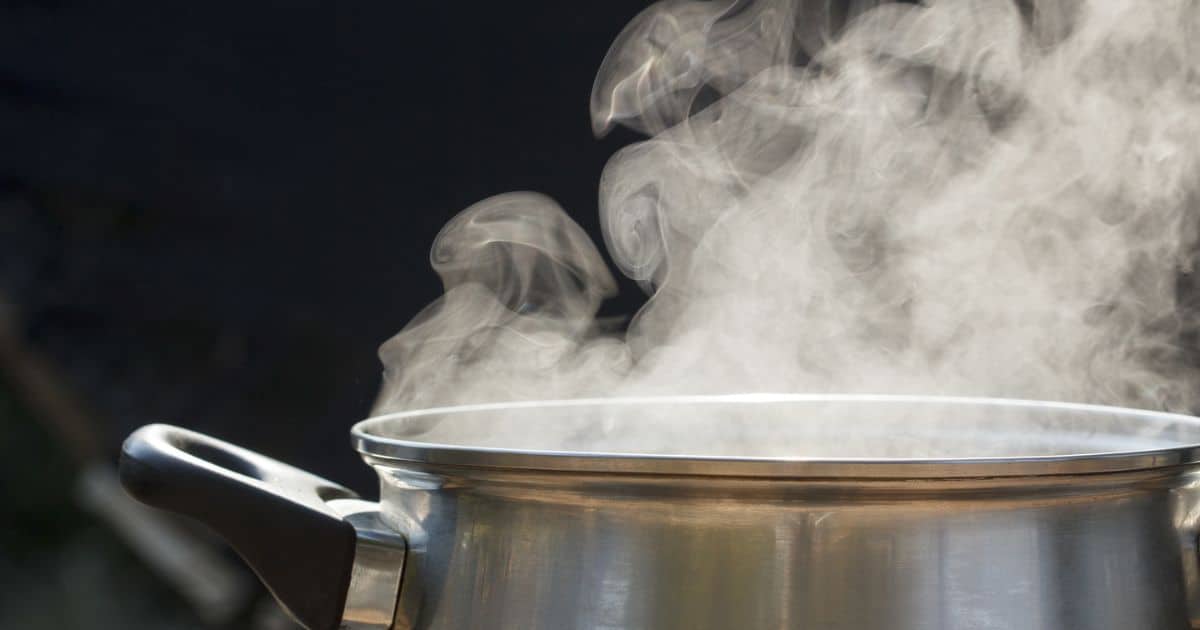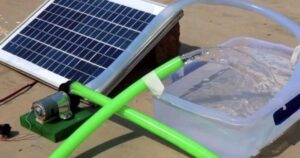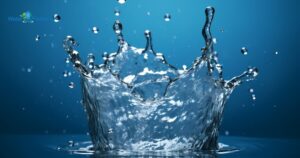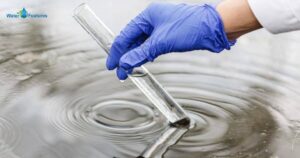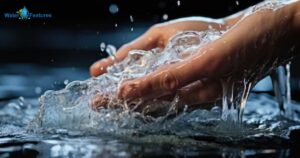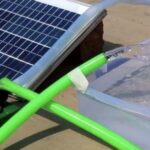In the quest for pure and fluoride-free drinking water, many turn to the age-old method of boiling water. But does this simple technique truly remove fluoride?
This article delves into the scientific evidence surrounding the efficacy of boiling water as a fluoride removal method. By exploring the factors affecting fluoride removal, limitations of boiling, and alternative methods available, we aim to provide an objective and evidence-based understanding of the effectiveness of boiling water in achieving fluoride-free drinking water.
Join us on this journey to unravel the truth about boiling water and fluoride removal.
Key Takeaways
- Boiling water can remove up to 50% of fluoride content in just 15 minutes.
- Boiling water for 30 minutes can decrease fluoride levels by approximately 70%.
- Factors such as initial concentration, boiling duration, pH, and cookware quality affect the effectiveness of boiling water for fluoride removal.
- Boiling water may not completely eliminate all fluoride from the water.
Scientific Evidence on Boiling Water and Fluoride Removal
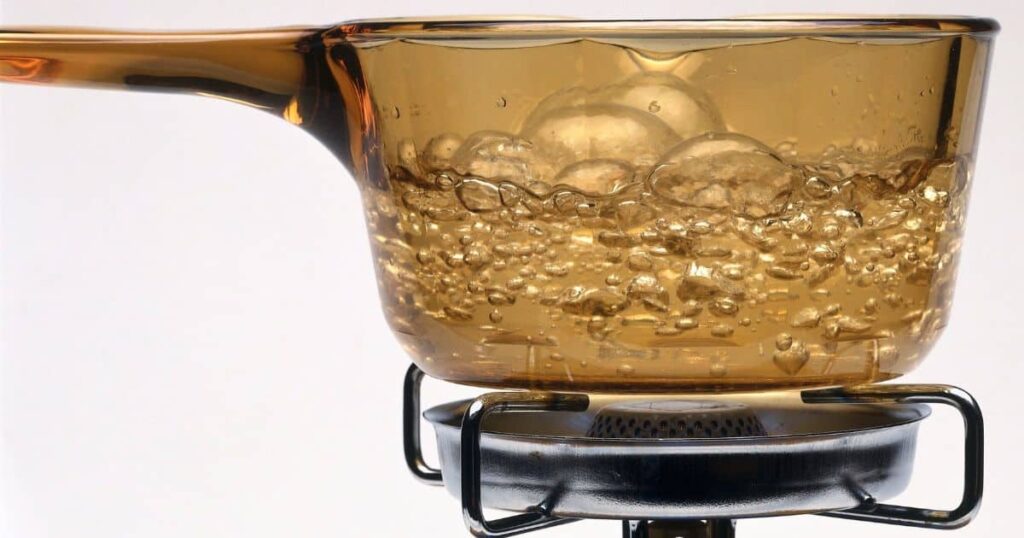
Scientific research provides evidence on the effectiveness of boiling water as a method for removing fluoride. Several studies have demonstrated that boiling water can lead to a reduction in fluoride levels.
For instance, a study published in the Journal of Environmental Health Sciences found that boiling water for just 15 minutes can remove up to 50% of fluoride content. Another study conducted by researchers at the University of North Carolina showed that boiling water for 30 minutes can decrease fluoride levels by approximately 70%.
These findings support the idea that boiling water can be an effective way to reduce fluoride concentration. It is important to consider other factors that may affect the degree of fluoride removal through boiling. Understanding the principles of the process is crucial, as boiling water is an endothermic reaction, meaning it absorbs heat from its surroundings. This knowledge can inform the optimization of the boiling technique for efficient fluoride reduction.
Factors Affecting Fluoride Removal Through Boiling
Several factors can influence the effectiveness of boiling water in removing fluoride. One crucial factor is the initial concentration of fluoride in the water. Higher levels of fluoride may require longer boiling times or repeated boiling to achieve significant removal.
The duration of boiling can also impact the extent of fluoride removal. Studies have shown that longer boiling times, such as 15 minutes or more, can result in higher fluoride reduction.
The pH of the water is another important factor to consider. Boiling acidic water can lead to greater fluoride removal compared to boiling alkaline water.
Lastly, the quality of the cookware used can affect fluoride removal. Using stainless steel or glass cookware is recommended, as certain metals like aluminum can leach into the water and reduce the effectiveness of boiling.
Understanding these factors is crucial in maximizing the fluoride removal potential of boiling water.
Transition: While boiling water can be a simple and accessible method for fluoride removal, it is important to consider its limitations.
Limitations of Boiling Water for Fluoride Removal
Boiling water, although effective in removing fluoride under certain conditions, has limitations that need to be considered. While boiling can reduce fluoride levels, it is important to note that it may not completely eliminate all fluoride from the water.
Here are some limitations of boiling water for fluoride removal:
- Boiling may not remove other contaminants present in the water.
- The effectiveness of boiling can vary depending on the initial fluoride concentration.
- Boiling water for extended periods may lead to water loss through evaporation.
- Boiling does not remove fluoride compounds that have already reacted with water.
- Boiling may not be suitable for large-scale fluoride removal due to time and energy requirements.
It is crucial to explore alternative methods of fluoride removal, especially in areas with high fluoride concentrations, to ensure safe drinking water for all.
Alternative Methods to Remove Fluoride From Water
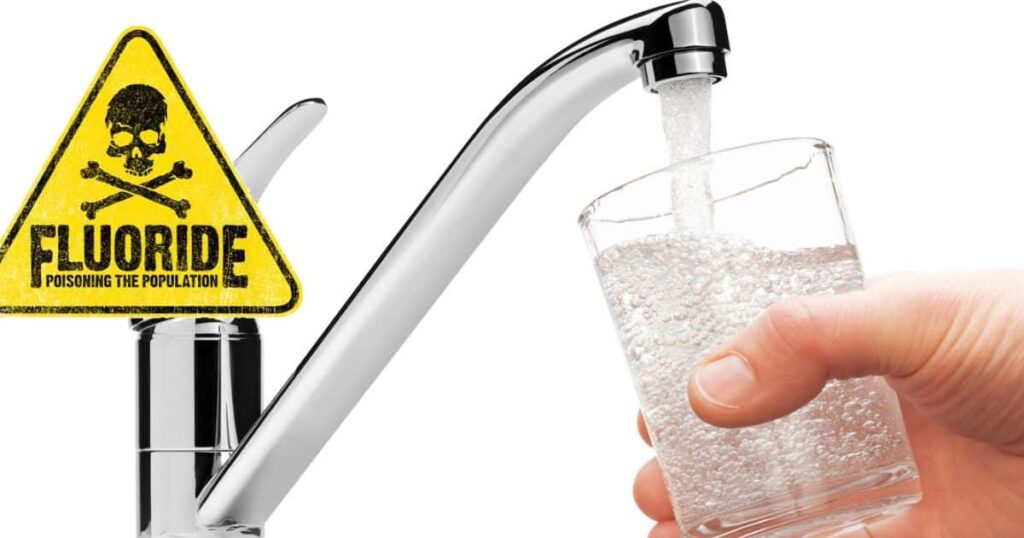
There are several effective methods available to remove fluoride from water. These methods are essential for individuals who desire to reduce their fluoride intake.
One such method is activated alumina filtration. Activated alumina is a highly porous material that has a strong affinity for fluoride ions. It works by adsorbing fluoride from water as it passes through the filter.
Another method is reverse osmosis filtration. Reverse osmosis systems use a semi-permeable membrane to remove fluoride and other contaminants from water.
Distillation is also an effective method for fluoride removal. This process involves heating water to create steam, which is then condensed back into liquid form, leaving behind fluoride and other impurities.
These alternative methods provide individuals with options for reducing fluoride levels in their drinking water.
Reverse Osmosis as a Fluoride Removal Method
Reverse osmosis is an effective method for removing fluoride from water, building upon the methods discussed in the previous subtopic of alternative fluoride removal methods. This process involves forcing water through a semipermeable membrane to filter out impurities, including fluoride. Here are five key points about reverse osmosis as a fluoride removal method:
- Reverse osmosis is a widely recognized and scientifically proven method for removing fluoride from water.
- The semipermeable membrane used in reverse osmosis systems has pores small enough to block fluoride molecules.
- Reverse osmosis can remove up to 95% of the fluoride content in water, ensuring a significant reduction in fluoride levels.
- This method is commonly used in households and commercial settings to provide fluoride-free drinking water.
- Regular maintenance and replacement of the reverse osmosis membrane are necessary to maintain its effectiveness in fluoride removal.
Activated Alumina for Effective Fluoride Removal
Activated alumina is a highly effective method for removing fluoride from water. It is a porous, granular substance that is specifically designed to adsorb fluoride ions. Activated alumina works by attracting and binding fluoride molecules to its surface, effectively reducing their concentration in water.
Numerous studies have shown that activated alumina is capable of removing up to 99% of fluoride from water sources. This makes it a reliable and efficient solution for individuals and communities concerned about excessive fluoride levels in their drinking water.
In addition to its effectiveness, activated alumina is also a safe and environmentally friendly option for fluoride removal. It does not introduce any harmful chemicals into the water, ensuring that the treated water remains safe for consumption.
The Survival Still Water Purifier and Desalinator
Can the Survival Still Water Purifier and Desalinator effectively remove fluoride from water?
The Survival Still is a portable water purifier and desalinator designed to remove various contaminants from water sources, including fluoride. Here are five key features of the Survival Still:
- Distillation Process: The Survival Still utilizes a distillation process, which involves boiling water and collecting the resulting steam, leaving behind impurities, including fluoride.
- High Efficiency: This system is known for its high efficiency in removing contaminants, ensuring the production of clean and safe drinking water.
- Portability: The compact and lightweight design of the Survival Still makes it ideal for outdoor activities, emergency situations, or travel.
- Durability: Built with sturdy materials, the Survival Still is designed to withstand harsh conditions and provide reliable water purification.
- Cost-effective: Compared to other water purification methods, the Survival Still offers a cost-effective solution for removing fluoride and other contaminants.
With its effectiveness in removing fluoride, the Survival Still is a practical option for individuals seeking fluoride-free drinking water.
There are other alternatives, such as solar stills, which will be discussed in the following section.
Solar Stills for Fluoride-Free Drinking Water

Solar stills offer an alternative method for obtaining fluoride-free drinking water, building upon the effectiveness of distillation processes discussed in the previous subtopic.
A solar still is a device that utilizes the sun’s energy to evaporate water and then condense the vapor, leaving behind impurities such as fluoride. The process involves placing contaminated water in a container, covering it with a clear material, and allowing the sun’s heat to evaporate the water.
The vapor then condenses on the surface of the clear material and drips down into a separate collection container, leaving behind the fluoride and other contaminants. Solar stills have been found to effectively remove fluoride from water, providing a reliable source of fluoride-free drinking water.
It is important to consider certain factors when purchasing fluoride-free water, which will be discussed in the subsequent section.
Considerations When Buying Fluoride-Free Water
When purchasing fluoride-free water, there are important factors to consider for ensuring the quality and safety of the product. Here are five key considerations to keep in mind:
- Source: Look for water that comes from a reliable and trustworthy source, such as natural springs or purified water sources. Check if the source is certified and meets regulatory standards.
- Testing and Certification: Ensure that the water has been tested and certified to be fluoride-free by a reputable third-party laboratory. Look for certifications from organizations like the NSF (National Sanitation Foundation) or the FDA (Food and Drug Administration).
- Packaging: Opt for water that is packaged in BPA-free containers to avoid any potential chemical leaching. Choose bottles that are sealed properly to prevent contamination.
- Transparency: Select a brand that provides clear and transparent information about their water, including the purification process and any additional treatments or filtration methods used.
- Reviews and Recommendations: Read reviews and seek recommendations from trusted sources to gauge the quality and reliability of the fluoride-free water brand.
FAQ’s
Does freezing water remove fluoride?
Freezing water does not effectively remove fluoride. The process of freezing is not a reliable method for reducing fluoride concentration in water. To address fluoride removal, other techniques such as filtration or reverse osmosis are more appropriate and efficient.
At what temperature does fluoride evaporate?
The process of chlorinating water typically involves adding chlorine gas (Cl2). In contrast, water fluorination may utilize solid sodium fluoride (NaF). Unlike chlorine gas, NaF does not have the capacity to evaporate unless subjected to extremely high temperatures, exceeding 1000 degrees Celsius.
How do you reduce fluoride in water naturally?
One really good way to make water with less fluoride is to use a reverse osmosis water filter. You put these systems under your kitchen sink, and they can remove a lot of different things that might be in your water.
Conclusion
In conclusion, boiling water alone is not an effective method for removing fluoride. While it may cause some loss of fluoride concentration, it is not sufficient to eliminate it completely.
Alternative methods such as reverse osmosis, activated alumina, and solar stills are more reliable for fluoride removal.
When seeking fluoride-free drinking water, it is important to consider these alternative methods and make an informed choice.
